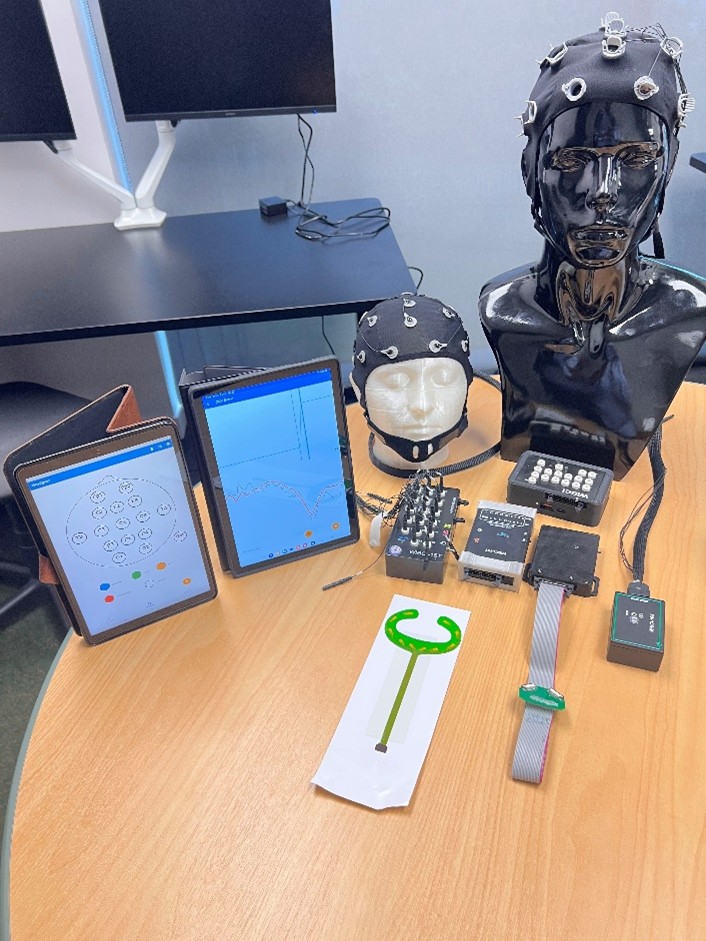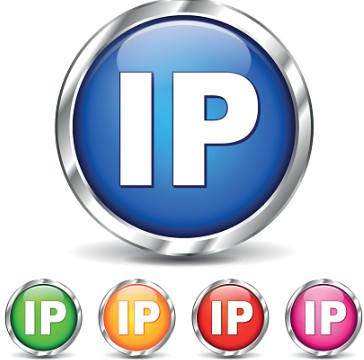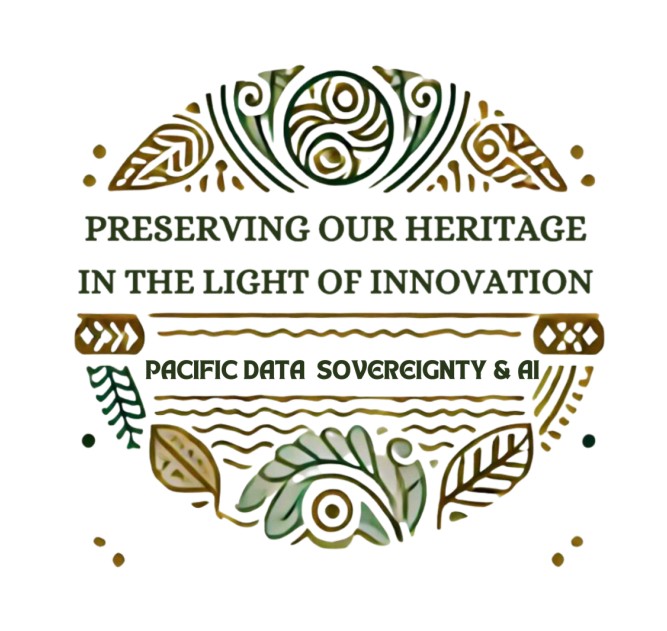The simple act of lifting the foot during walking relies on precise neural signalling, which stroke often disrupts.
When Imran Khan Niazi began his PhD, he focused on a problem that affects thousands of stroke survivors: the inability to lift their toes while walking. That early research sparked a career dedicated to finding innovative, non-invasive solutions for neurological rehabilitation.
In more formal terms, Niazi's research focuses on uncovering fundamental rehabilitation mechanisms and developing evidence-based therapeutic interventions validated through clinical trials. His approach combines advanced data analytics to detect subtle changes in patient responses that traditional assessments miss."
Niazi bridges clinical practice with cutting-edge research through his dual roles as Director of the New Zealand College of Chiropractic's Research Centre and Dean of Innovation & Technology. He is also a key member of Nortek Labs, an international multidisciplinary consortium of engineers, software developers, medical device specialists, and rehabilitation experts, where he collaborates with leaders like Professor Denise Taylor from AUT's Rehabilitation Innovation Centre, whom we have featured in past newsletters.
Niazi's research encompasses two complementary streams: The technology stream focuses on neural engineering, developing physiological monitoring interfaces that progress from lab validation to clinical integration to home independence. The clinical stream involves multidisciplinary collaboration to design, test, and implement conservative therapeutic protocols.
“We all know what happens with brain signals in stroke patients: they get interrupted. Stroke management is complex,and brain-computer interfaces offer one promising approach. These can be invasive, using electrodes inside the brain or under the skin, or non-invasive. Non-invasive BCI is one of several rehabilitation technologies Nortek is developing,” says Niazi.
“We've used EEG to measure brain electrical activity non-invasively for more than a century, but the technology has limitations. EEG signals contain excessive 'noise' and produce overwhelming amounts of data, like looking for a needle in a haystack. Traditional recordings require patients to stay still, but the real challenge emerges when we need to capture signals during movement, which is when most rehabilitation actually occurs”
To address these movement-related challenges, researchers, including Niazi, are developing portable EEG systems. Patients can wear them as caps or C-strips, which are sticky patches placed behind each ear. These devices record brain signals. "This method lets us capture brain activity right when problems occur, such as during movement. It helps us see what is happening and why" Niazi explains. The technology goes beyond issues with lifting your foot. It can also measure how your body responds to pain and check if treatments are working. This creates new ways to monitor patients in everyday settings outside the clinic.
The next challenge involves developing algorithms that help health professionals decode which brain signals are activated and what they mean. When Dr Heidi Haavik began analysing EEG signals years ago, eight-channel systems were like mainframe computers - room-sized machines for basic processing. Today's 64-channel devices pack far more power into something portable, delivering dramatically improved signal specificity and spatial resolution,' Niazi explains. 'The entire field is experiencing this evolution, it’s not just about more channels, but making sophisticated technology accessible for everyday clinical use.
While other companies are developing similar technologies, Nortek's differentiator lies in their commitment to clinical workflow integration and genuine interdisciplinary collaboration. 'This goes beyond casual exchanges, we have engineers, clinicians, researchers,and stroke survivors working side-by-side as equal team members,' Niazi emphasises. 'Our stroke survivors aren't just consulted; they're integral to the development process, ensuring our technology addresses real-world needs.
Another key differentiator is Nortek's versatile hardware platform. Though the device appears deceptively simple, its applications span pain management, rehabilitation diagnostics, and respiratory monitoring, among other clinical uses.
Looking ahead, Niazi envisions these devices transitioning from clinical settings to home use, enabling patients to manage conditions ranging from dorsiflexion impairment to chronic pain independently. 'The goal is twofold: empowering patients while reducing healthcare system burden,' he explains.
Header image: Nortek’s innovative EEG monitoring technology,including the c-strip and on the right, a mobile EEG monitor



